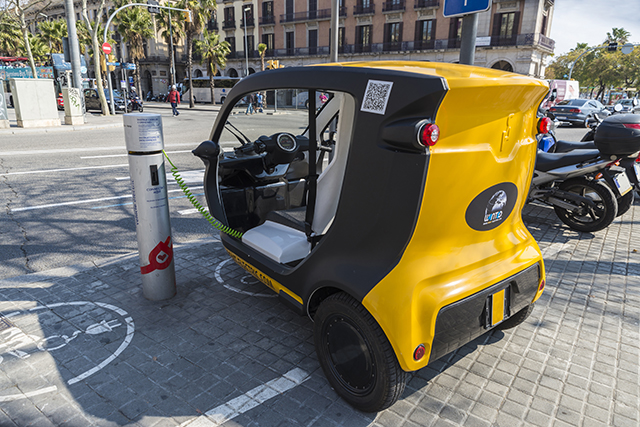Chemical in car tires linked to salmon die-off
12/10/2020 / By Divina Ramirez

Populations of coho salmon along the U.S. west coast have been on the decline over the last two decades due to sudden mass die-offs. Now, scientists from Washington and California have identified the culprit: a poisonous substance related to a chemical preservative for car tires.
The chemical preservative, known as 6PPD, is used worldwide to slow the wear and tear on car tires. However, as tires break down over time and leave behind microscopic particles on roads, the 6PPD will react with ozone, an air pollutant, to become a different substance called 6PPD-quinone.
Outside of its lethal effects on coho salmon, scientists know little about this new substance. Unfortunately, the group found 6PPD-quinone in road runoff samples taken from across the U.S. west coast, which indicates that 6PPD-quinone is likely behind the population decline of coho salmon.
The findings, published on Thursday, Dec. 3, in the journal Science, marks an important step toward ensuring the survival of coho salmon along the U.S. west coast.
Toxic substance in car tires is killing coho salmon
Scientists first became interested in the coho salmon die-offs when they noticed that large numbers of the fish died whenever it rained.
Some of the coho salmon returning to their original streams to reproduce would die before being able to do so. “The salmon would be inexplicably dead,” said co-author Jenifer McIntyre from Washington State University. “The more we look, the more we find it. In some years all of the fish we find dead did not spawn.”
Previous tests ruled out potential causes, including pesticides, diseases and high levels of zinc, which are toxic to fish. In a bid to determine the culprit, the scientists studied samples taken from streams and creeks around Puget Sound, near Seattle, where coho salmon were seen dying.
The scientists were able to narrow down the culprit to particles seen in worn car tires. So they soaked tire bits in room temperature water for around 24 hours. Some 1,500–2,800 chemicals leached from the tire bits. The team identified and analyzed these chemicals, removing all metals.
They then created three different solutions from that tire “cocktail” to determine which of the chemicals were toxic to the coho salmon. They repeated this process until they were able to narrow down the culprit to only a few chemicals, including a byproduct called 6PPD-quinone.
Once a coho salmon is exposed to 6PPD-quinone, it will breathe erratically and struggle to stay upright in the water. Eventually, it will sink and stop moving.
The scientists also studied samples taken from road runoffs in Los Angeles and creeks near busy roads in San Francisco. 6PPD-quinone was found in those samples as well.
Unfortunately, apart from its apparent toxicity to coho salmon, not much is known about 6PPD-quinone. The scientists were also unable to determine how exactly it kills the salmon.
McIntyre suspects that the substance might be doing something to the lining of the fish’s vascular system due to how the fish struggled to breathe. She has started testing 6PPD-quinone on five Pacific salmon species.
6PPD is just one of several contaminants that wash off of roads when it rains, creating a chemical “soup.” The toxic chemicals and substances in this soup, including microscopic pieces of plastic fragments, will rush down drains into creeks, rivers and the open ocean.
The scientists are now working to determine how 6PPD-quinone kills the salmon and are planning to analyze the effects of the substance on other fish species. (Related: The Great Lakes’ biggest problem: Decades’ worth of pollution has altered the fish.)
Learn more about the environmental impact of 6PPD at Environ.news.
Sources include:
Submit a correction >>
Tagged Under:
animals, environment, marine life, Oceans, research, salmon, toxic chemicals, toxic water, wildlife
This article may contain statements that reflect the opinion of the author
RECENT NEWS & ARTICLES
COPYRIGHT © 2017 ENVIRON NEWS





















